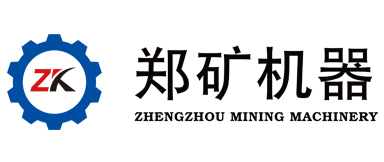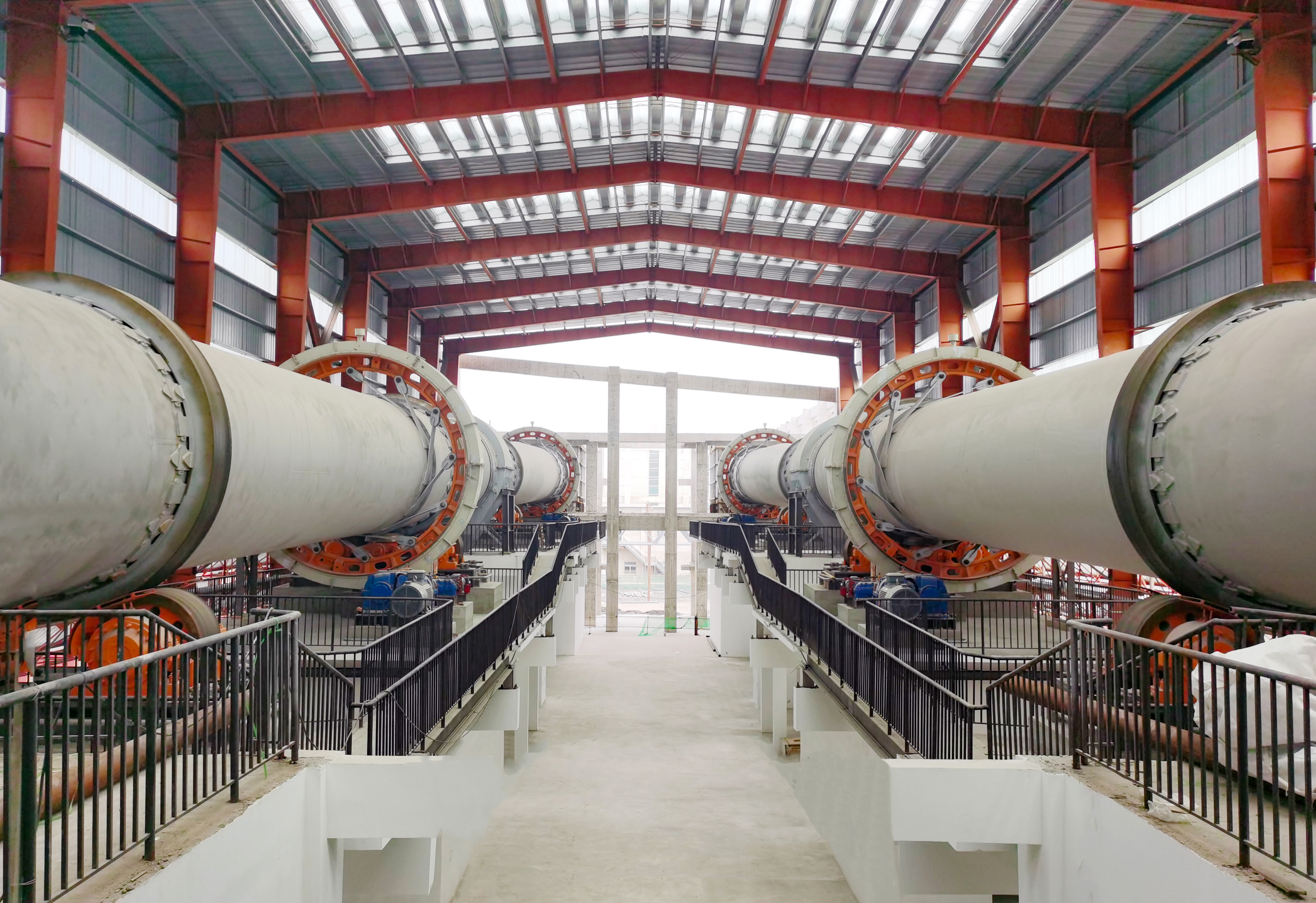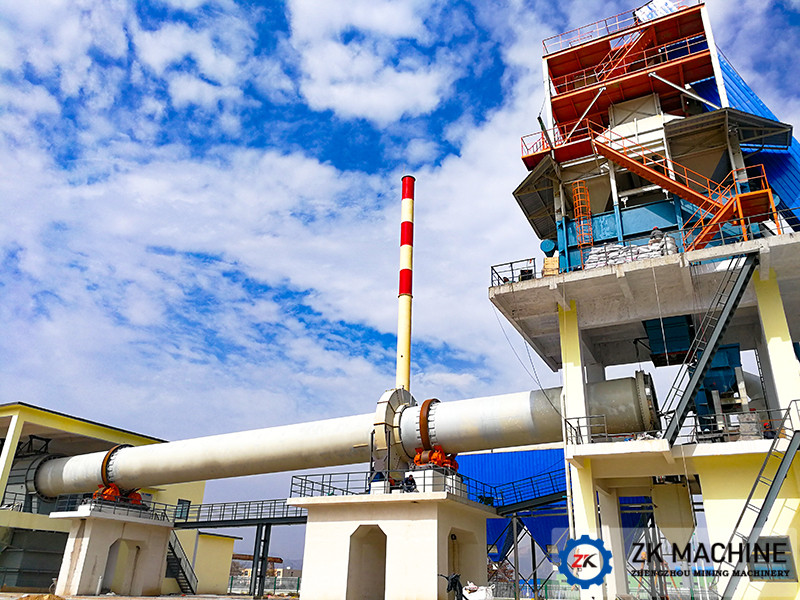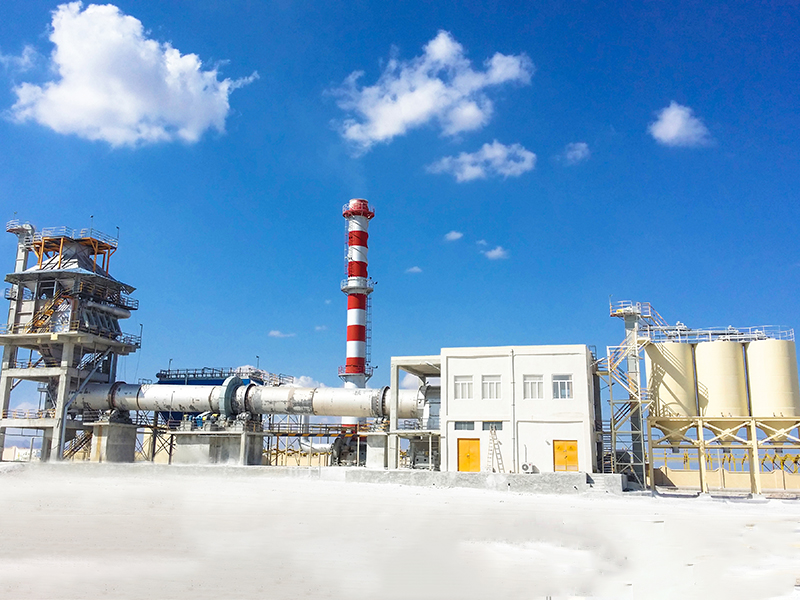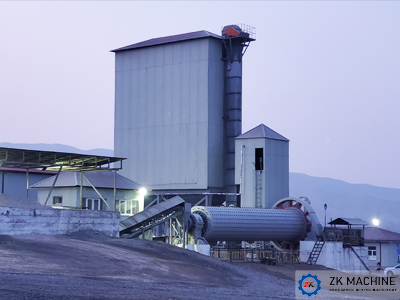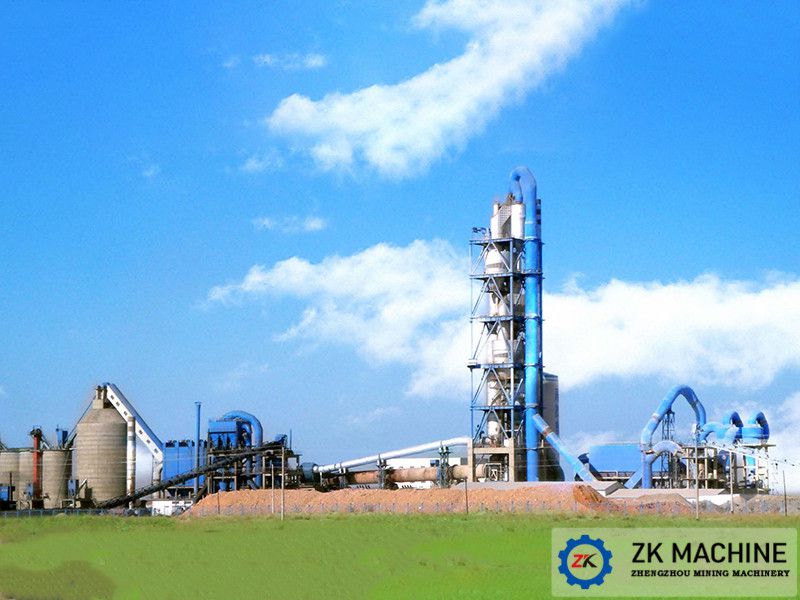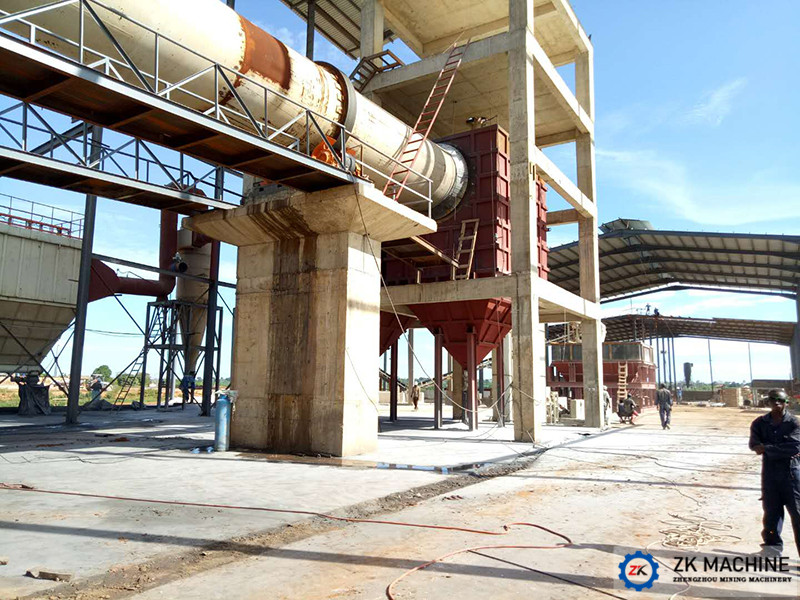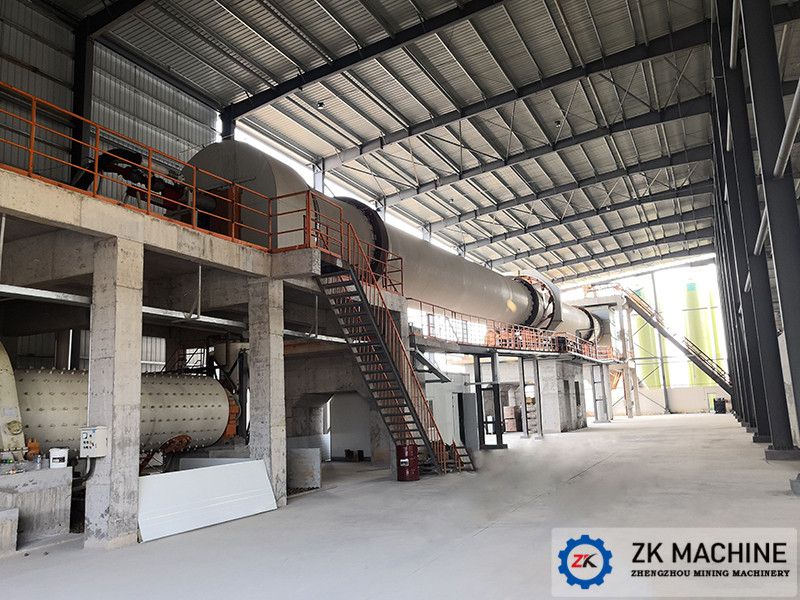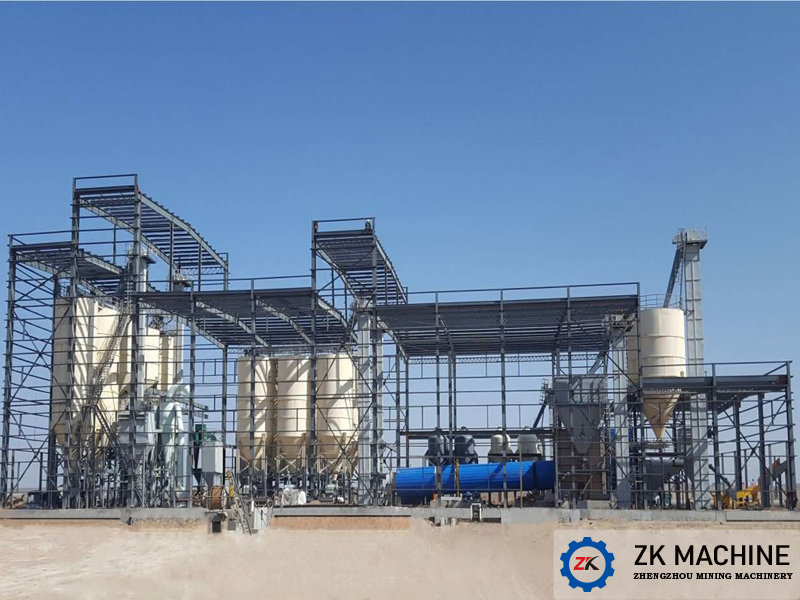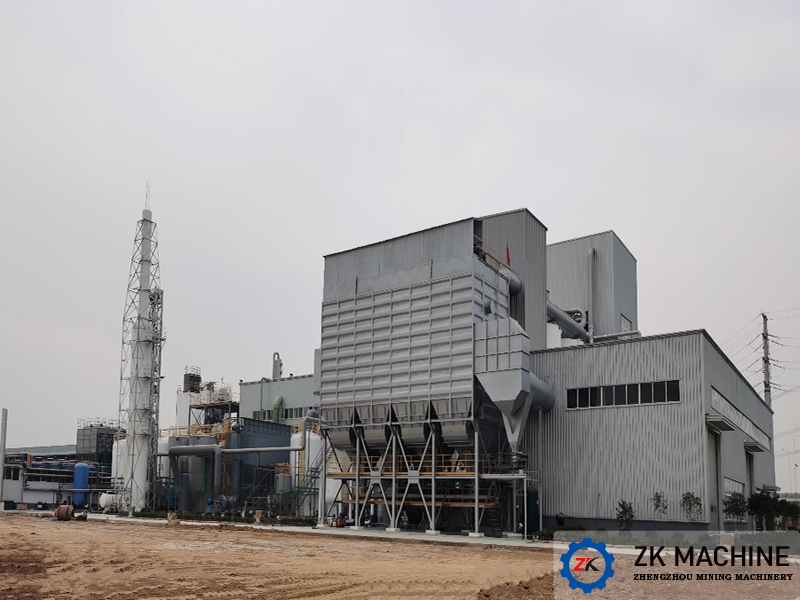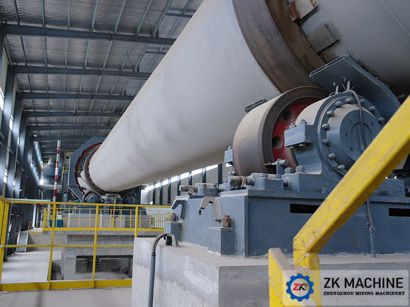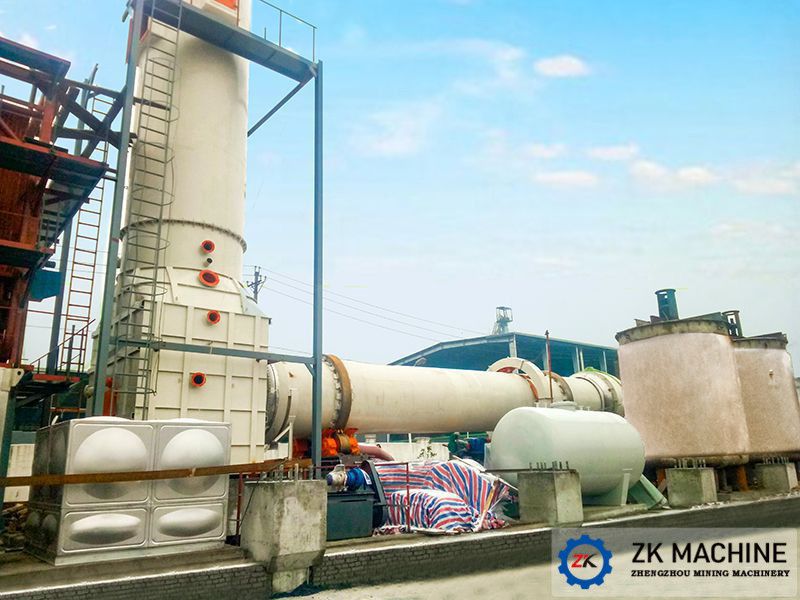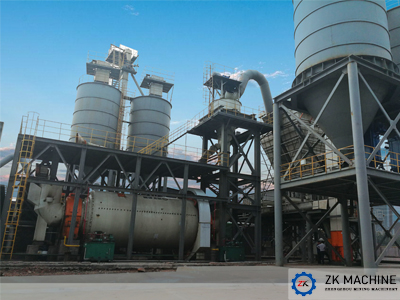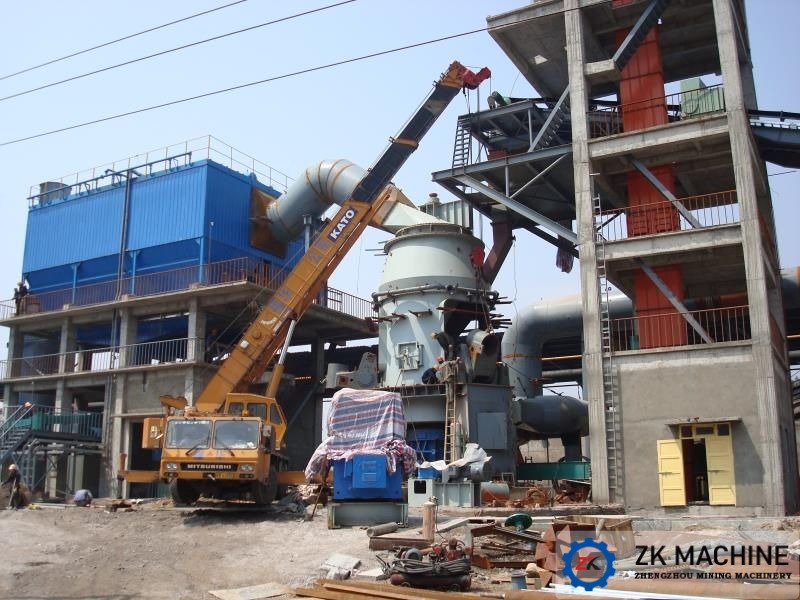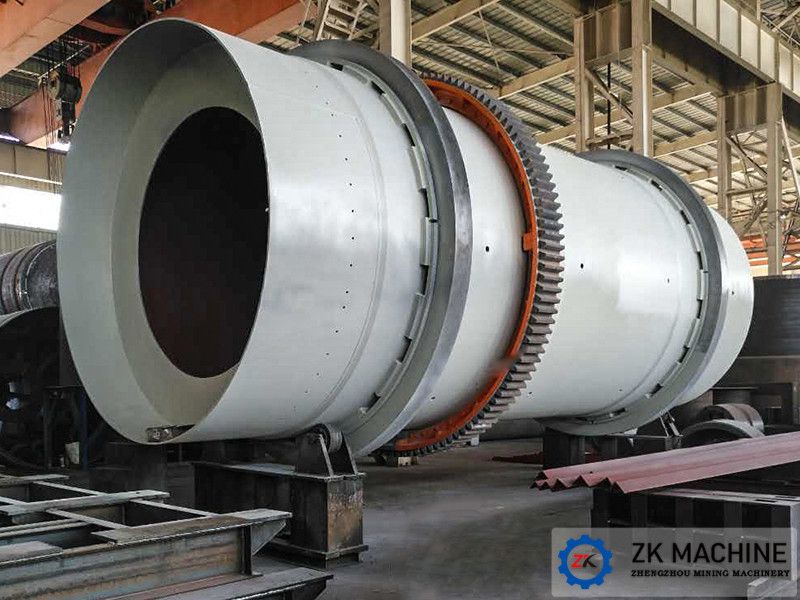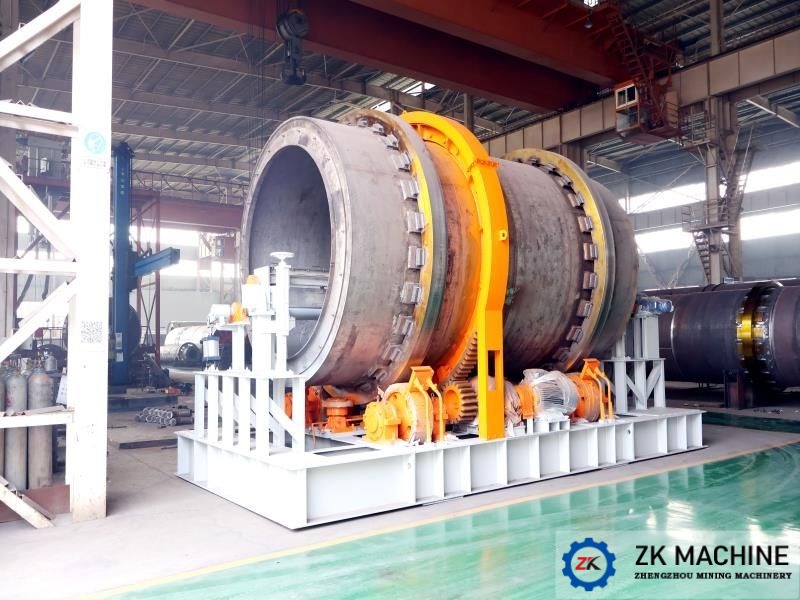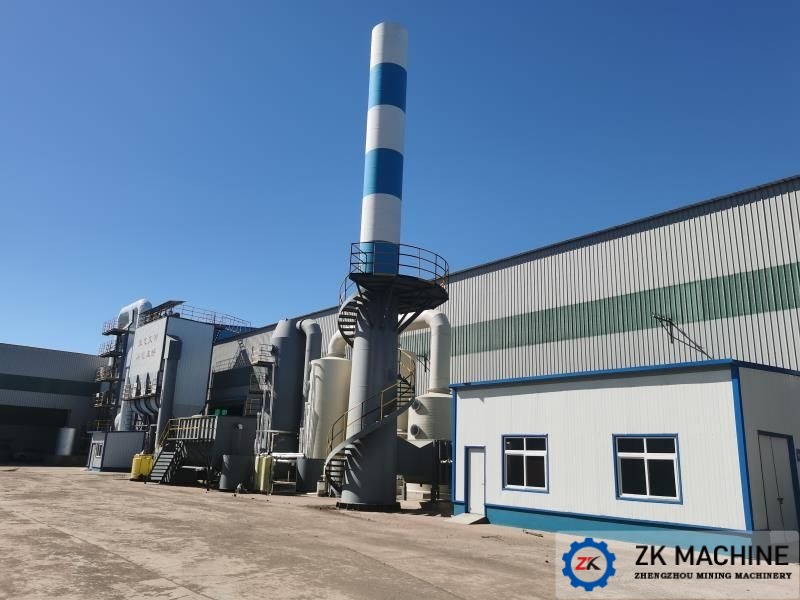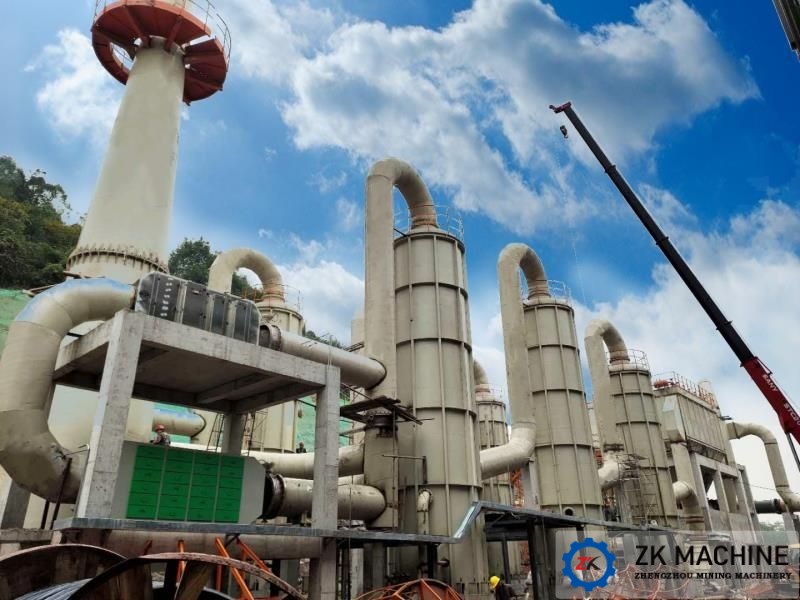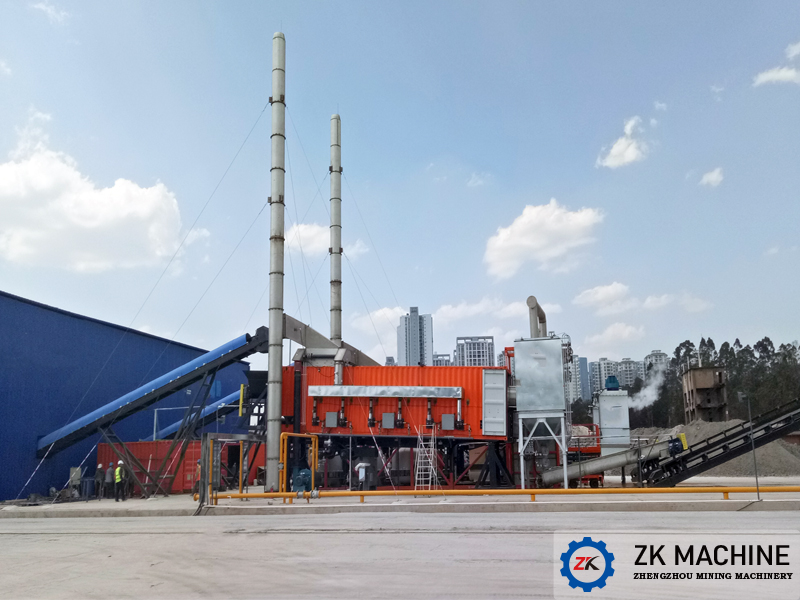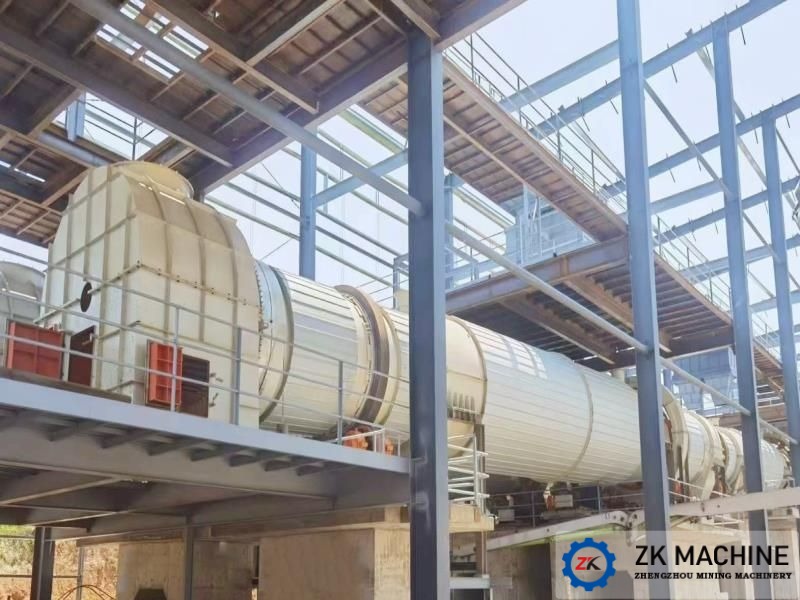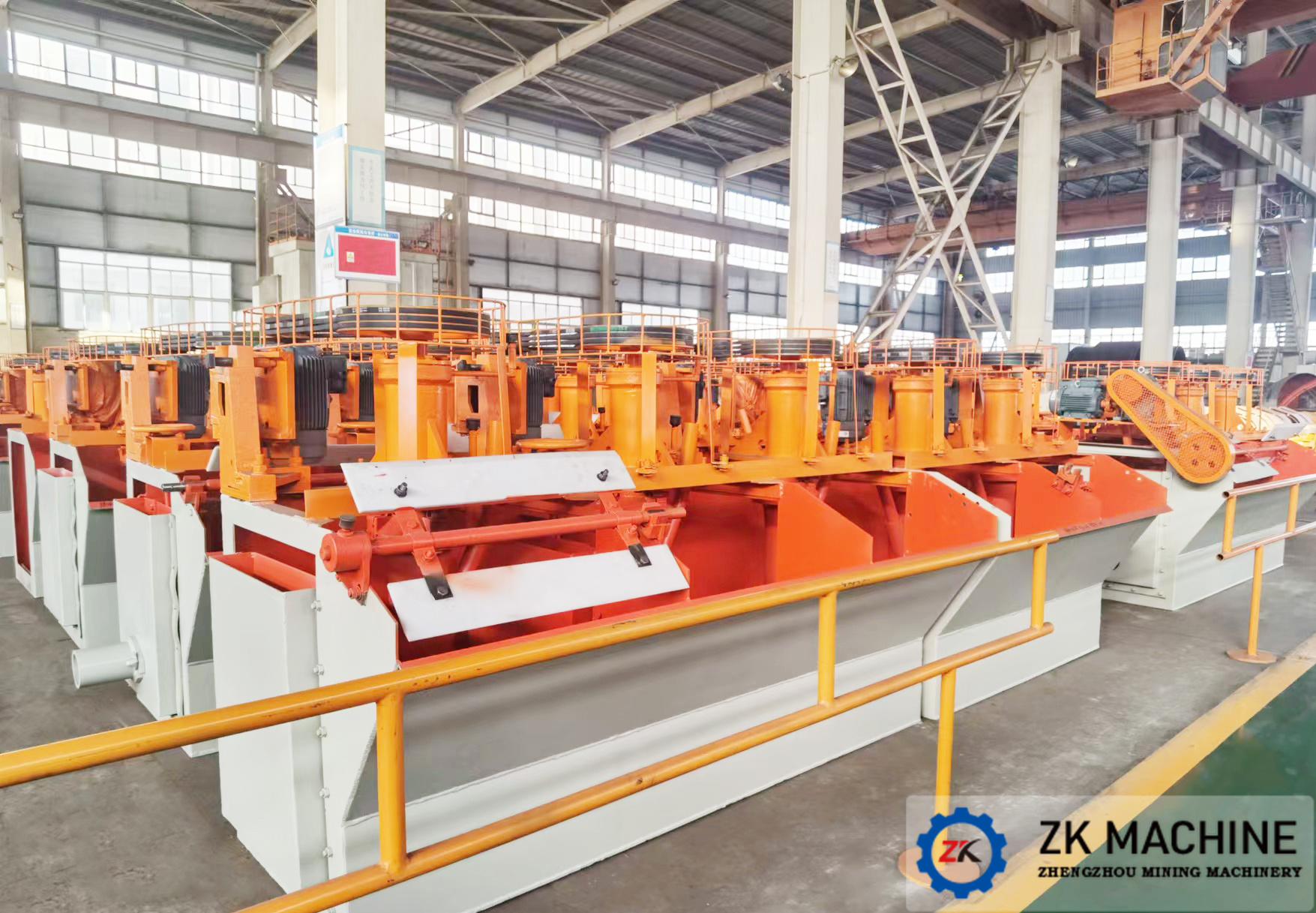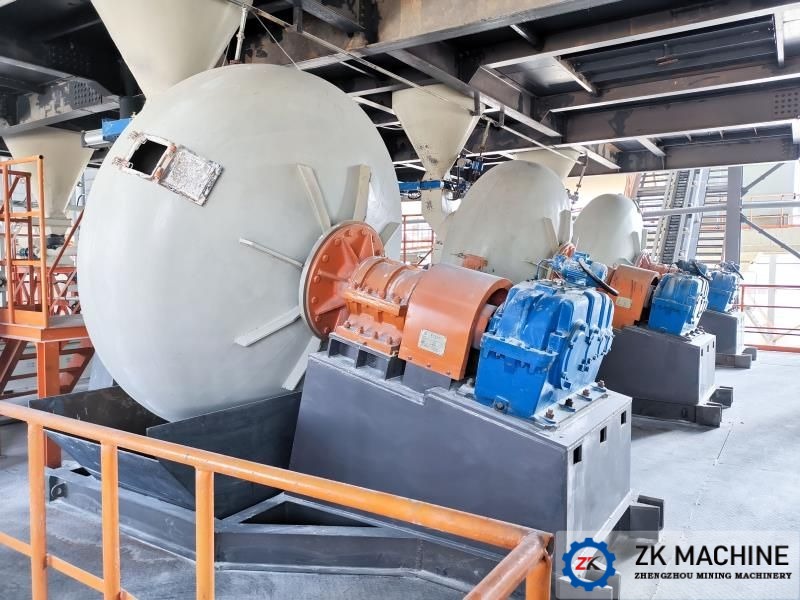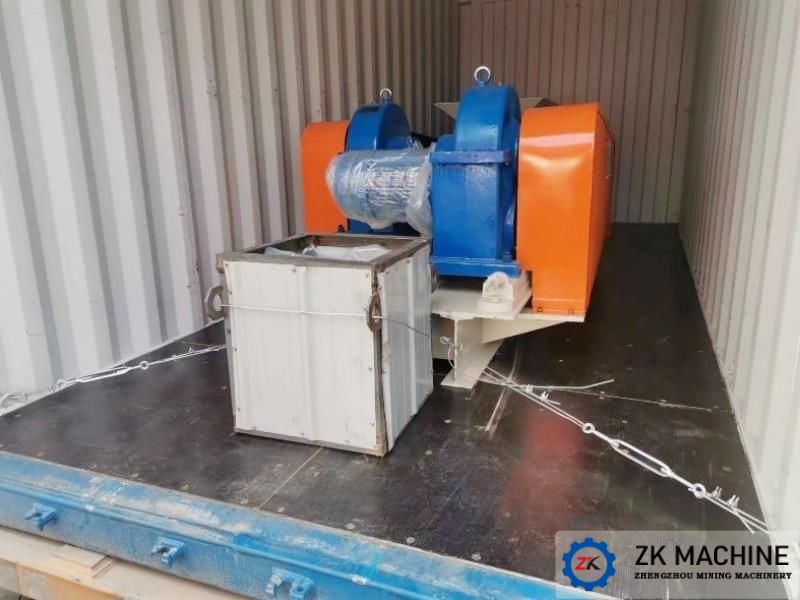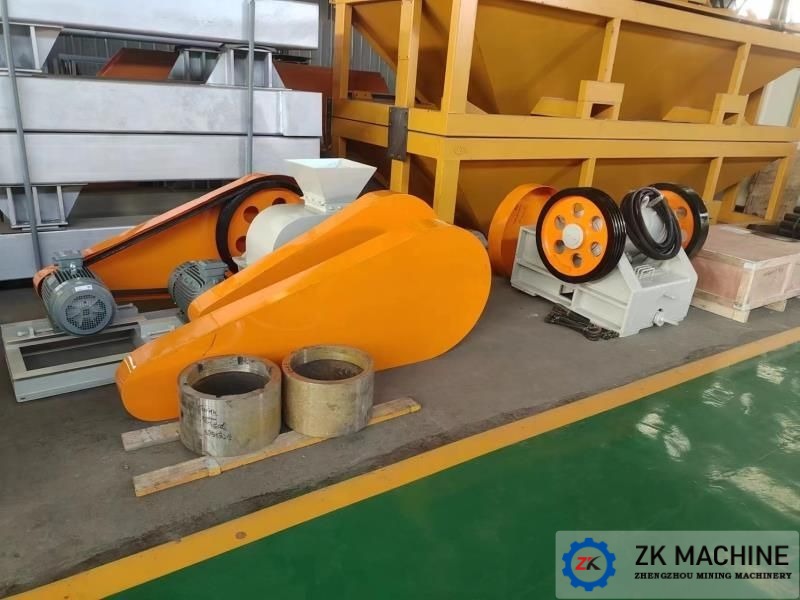Treatment of Typical Corrosion Problems of Dust Collector at Cement Kiln Tail
At present, the corrosion problem of the dust collector at the end of the cement kiln has become a common phenomenon, which seriously affects the stable operation and service life of the dust collector at the end of the kiln. The main corrosive media in the flue gas of the kiln tail are sulfur oxides, ammonium bisulfate and ammonium bisulfite, chloride ions, etc., and one of the main conditions for corrosion is the formation of acidic condensate in a local low temperature environment. In a local low temperature environment, the corrosive medium in the flue gas of the kiln tail produces typical corrosion problems such as sulfur oxide corrosion, ammonium bisulfite and ammonium bisulfate corrosion, and chloride ion corrosion on the shell carbon steel. At the same time, ammonium bisulfite and hydrogen sulfate Ammonium is also easy to cause the "bag-sticking" phenomenon of the kiln tail bag dust collector.
The corrosion problem of the dust collector at the end of the kiln can be prevented and treated by improving the operation process of the cement kiln, improving the structure of the dust collector, applying anti-corrosion coatings and adopting physical isolation, and zero-discharge treatment of desulfurization wastewater. In the later stage, further research work can be carried out to identify the different root causes of the corrosion of the kiln tail bag filter under different process conditions according to different site factors, so that reasonable measures can be taken to solve the corrosion problem of the kiln tail filter.
1. Corrosion protection measures
The corrosion of the dust collector at the kiln end and the bag-sticking problem seriously affect the utilization rate and service life of the equipment. All production enterprises and design units have invested a certain amount of resources to research and solve measures. Common treatment measures at this stage are as follows.
1.1 Improve operation process
Adjust the operating process, balance the best operating parameters of each process section, and control the inlet temperature of the dust collector to be above 110°C to prevent condensation at low temperatures. Reasonable ingredients, reduce the off-grind time, increase the time for the kiln tail flue gas to pass through the raw material grinding, and reduce the sulfur content in the flue gas. The new flue gas treatment technology is adopted to reduce the content of corrosive media in the flue gas, and fundamentally reduce the content of corrosive media entering the dust collector at the end of the kiln.
After the kiln is stopped, the pulse valve of the dust collector continues to blow to clean the dust collected on the filter bag; at the same time, the kiln tail fan continues to run to extract the residual flue gas from the system, reduce the accumulation of corrosive media, and prevent cold air from entering. "Paste bag" phenomenon, and aggravate the corrosion of the shell.
1.2 Improve the structure of the dust collector
Change the structure of the dust collector housing, for example, transform the top open cover structure into a large clean air chamber structure to reduce the number of air leakage points such as cover plates and manhole doors; improve the welding process, strengthen the sealing of the dust collector housing, and improve the manhole door The structure reduces the air leakage rate and air leakage points, and reduces the amount of cold air entering. Adopt the overall airtight rainproof shed to enhance the thermal insulation performance of the external thermal insulation, reduce the temperature drop of the exposed surface, and avoid excessive system temperature difference; improve the performance of compressed air and reduce its moisture content. If necessary, use the residual heat of the flue gas to treat the compressed air Perform preheating to avoid sharp temperature differences in individual areas during spraying.
1.3 Anticorrosive coating and physical isolation
The current anti-corrosion coatings used for the corrosion of the kiln tail dust collector include epoxy zinc-rich paint, organic silicon paint, polyurethane paint, glass flake paint, graphene paint, etc.; physical isolation measures adopted include ceramic patch, inert material patch, etc.
Among them, the anti-corrosion principle of epoxy zinc-rich paint is to use zinc element to replace carbon steel to form cathodic protection. However, under the action of electrochemical corrosion, the zinc element in the paint is quickly consumed by corrosion, making the protective effect of the paint ineffective. It must be repainted every overhaul cycle, and the anti-corrosion effect is not good. Other types of anti-corrosion coatings and physical isolation measures have certain anti-corrosion effects under high-demand construction conditions.
1.4 Desulfurization wastewater treatment
Many cement production lines equipped with wet desulfurization choose to spray the extremely difficult desulfurization wastewater into the raw material mill. This will cause the formation of corrosion media in the kiln tail flue gas and increase the corrosion of the kiln tail dust collector. The "desulfurization wastewater grate cooler flue evaporation technology" can be used to carry out zero discharge treatment of desulfurization wastewater [5] to reduce the source of corrosive media in the flue gas of the kiln tail.
2. Further research work
2.1 Collect the operating data of a typical cement production line with corrosion phenomena, compare and analyze the changes in the working conditions of the desulfurization and denitrification system before and after it is put into production, and identify different causes before and after the corrosion phenomenon.
2.2 Compare and analyze the differences of corrosive media in different cement production lines, sample and test the composition of flue gas and dust, analyze the differences in the content of corrosive substances, and look for different main corrosive media that cause the corrosion of the kiln tail bag filter under different process conditions.
2.3 In view of the corrosion of the kiln tail dust collector caused by different main corrosive media, targeted anti-corrosion measures are taken, such as the preparation of special anti-corrosion coatings of different components or other physical isolation measures.
2.4 For the dust collector corrosion caused by different main corrosive media at the end of kiln, anti-corrosion measures should be taken, such as special anti-corrosion coating of different components or other physical isolation measures.
